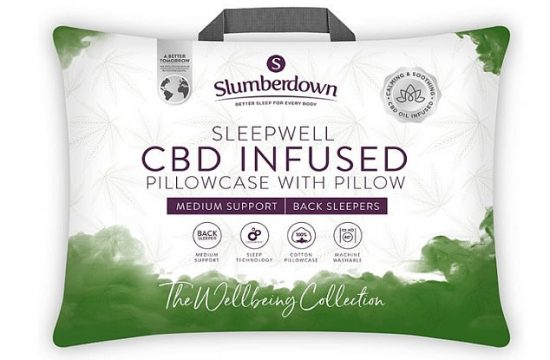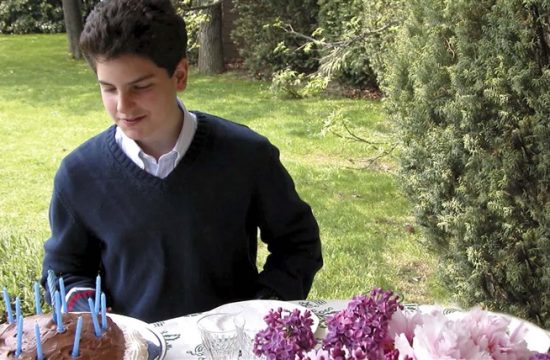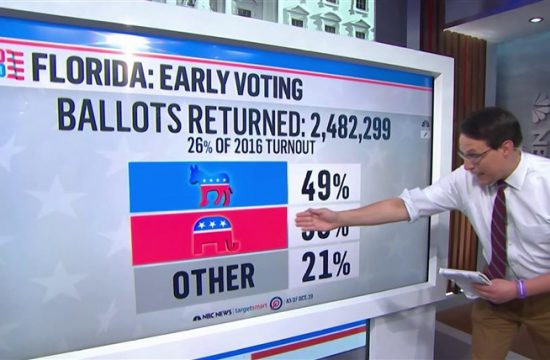Thousands of travelers who have returned to the United States after recent trips to China are spending nearly half a month behind closed doors, under voluntary self-quarantine, even though they do not pose any immediate coronavirus-related health risk to others.
These are not people sick with COVID-19, the disease caused by the coronavirus. They have had no fever, no cough, and aren’t necessarily being tested for the virus.
Instead, they simply traveled in China within the past few weeks, and have since been flagged by health officials at one of the 11 airports nationwide through which all U.S. citizens and their families flying from China are being routed. And now they’re being asked to stay home for 14 days — the maximum amount of time it’s thought to take to develop the illness after being exposed — limiting physical contact with others as much as possible, and watching for symptoms.
Full coverage of the coronavirus outbreak
Health officials insist that these individuals do not pose a health risk to their neighbors. On the contrary, reports have suggested many travelers are going above and beyond to ensure they aren’t a source of any spread.
Quarantine is for healthy people who may have been exposed to a contagious illness, and is used in an attempt to control potential outbreaks. It’s different from being put in isolation, which refers to people who have symptoms or have been diagnosed with the illness.
“The travelers have all been very cooperative,” Dr. Sherlita Amler, health commissioner for Westchester County, New York, told NBC News. Her department is monitoring 26 people under self-quarantine.
“They don’t want to expose their friends or their family. They just want to be home and safe,” she said.
Overall, in New York, 575 people have been identified as being at “medium risk” because of recent travel to mainland China, according to the state’s Department of Health.
It’s one of many states monitoring travelers from China who have agreed to lie low for a few weeks out of an abundance of caution.
Let our news meet your inbox. The news and stories that matters, delivered weekday mornings.
The California Department of Public Health said there are more than 5,400 such individuals in that state. In Washington state, 745 people have been asked to self-quarantine. Georgia health officials identified about 200 travelers.
The Michigan Department of Health and Human Services said more than 300 people were referred for monitoring in that state.
In Virginia, 138 residents are being monitored. “They were asked to remain at home and practice social distancing,” Dr. Lilian Peake, state epidemiologist for Virginia, said. She said that social distancing means avoiding public transportation (including taxis and ride-sharing), large public gatherings, and staying about 6 feet away from others.
A total of 27 people are under voluntary self-quarantine in Iowa. North Dakota has 10.
Health officials in Alabama, Indiana, Massachusetts and Texas are also monitoring travelers in those states, but declined to provide exact numbers, which change daily as passengers either continue to arrive home or finish their 14-day self-quarantine.
How does voluntary self-quarantine work?
The voluntary self-quarantine is different from the mandatory federal quarantine imposed on Americans and family members who were evacuated from China’s Hubei province or the Diamond Princess cruise ship.
Rather, it applies to U.S. citizens returning from other parts of China. Upon their return, the travelers are screened at the airport for any symptoms of the illness, and, if they have none, allowed to finish their journey home. Travelers are also asked to provide contact information, which is passed along to local or state health departments for follow-up.
“We’re asking everyone who has been in China in the last 14 days to stay home and monitor themselves for symptoms during that 14-day period,” a spokesperson from the Texas Department of State Health Services said in an email.
The request is not mandatory, but strongly encouraged.
It’s up to the state and local health departments to decide how to manage their residents under self-quarantine. In Westchester County, a representative checks in on the travelers daily, usually through video conferencing. They develop a plan to make sure the person doesn’t need to go out into the community, and has resources for getting deliveries of food, prescriptions and other basic necessities.
The health official also asks the person to take his or her temperature, and report any symptoms, both physical and psychological. Testing for the virus is not part of the self-quarantine; the Centers for Disease Control and Prevention only tests people if they’re showing symptoms.
Being under quarantine, even if it’s voluntary, “can make a person depressed or fearful,” said Amler, the Westchester County health commissioner. “It’s very important that they know that they have access to mental health professionals should they need it.”
“We’re trying to cocoon them in all the resources that they need so that they can spend those 14 days in a safe and supportive environment,” she added.
Despite lockdowns on movement inside China, worldwide restrictions on travel to and from the country, as well as a variety of quarantine measures, the World Health Organization reported Wednesday that the illness has been diagnosed in nearly 1,000 people in 25 other countries.
In the U.S., there are 30 confirmed coronavirus cases. Half of those cases are among passengers from the Diamond Princess cruise ship. Before being evacuated, the passengers had been quarantined on the ship, a quarantine that experts have now deemed ineffective, in part because sick and healthy individuals were not sufficiently separated.
Infectious disease experts say that while quarantines can help slow the spread of a virus, they can’t necessarily stop it from spreading entirely.
“It’s like Swiss cheese,” said Dr. Gregory Poland, director of the Mayo Clinic’s Vaccine Research Group in Rochester, Minnesota.
“It is going to leak out; you’re just trying to prevent the tidal waves.”
Follow NBC HEALTH on Twitter & Facebook.












